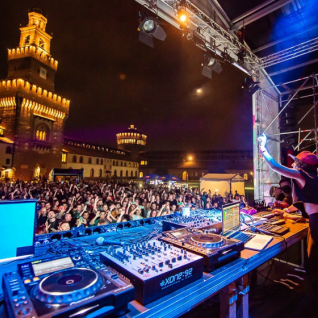DESIGN WEEK 2024: Porta Venezia - Central Station
Events not to be missed
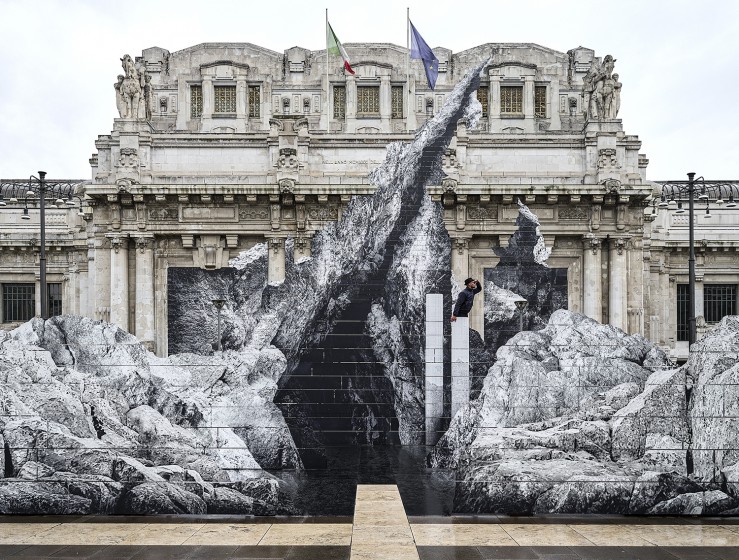
During Milano Design Week, some awesome exhibitions and installations will redesign the facades of historic buildings. As is the case at Central Station, the first venue to undergo a stunning metamorphosis by famous street artist JR, who plays with perspective in his monumental work in Piazza Duca d'Aosta, and by An Invitation to Dream, the Moncler exhibition that transforms the station into a gallery of immersive art.
An unmissable stop-off, but don't forget to carry on towards Porta Venezia, the forward-thinking cosmopolitan neighbourhood that ‘has it all’ in terms of culture and inclusivity. Which, not by chance, during the Milan Design Week, makes space for young talents and projects that foster inclusiveness and diversity.
In one of the historic gems of Art Nouveau in Porta Venezia, Nook, the series of innovative Montessori-inspired furniture for libraries, is designed by Mara Bragagnolo to meet the different needs and activities of autistic children.
The designer reinvents inclusive and flexible spaces, offering an environment in which to enable autistic children to express themselves freely without encountering obstacles, but rather discovering new opportunities.
The essence of molten glass lies in letting go: at high temperatures it is coaxed to relax, to expand and to naturally acquire the most unusual shapes. Like those of the monumental work that Lasvit, the esteemed glass processing company, will exhibit at Milano Design Week this year.
Porta, the large-scale installation designed by Lasvit artistic director Maxim Velcovsky, is the heart of an exhibition that explores the infinite, and extremely impressive, facets of fused glass.
EverythinK is design, is the wide-ranging theme proposed this year by the Porta Venezia district; a reflection on design, interpreted in the broadest sense of conception and planning, manifests in exhibitions, events and projects that ideally interpret the soul of this inclusive and contemporary district.
A strong focus is placed on up-and-coming creatives which, much like the district, always keep an experimental eye on the future.
Invited by the Stazione Milano Centrale, renowned French artist JR transforms the station’s facade and Piazza Duca d'Aosta into a rocky landscape with his new installation La Nascita. The monumental trompe-l’oeil blurs the boundaries of time and place, fashioning a surreal architectural fantasy that draws a link between the grandeur of the station today and its history.
From April 15 to April 21, Moncler transforms Milano Centrale railway station into one of the largest galleries open to the public with an immersive exhibition entitled An Invitation To Dream: a project curated by Jefferson Hack, filmed and photographed by Jack Davison, where some extraordinary personalities who inspire contemporary culture encourage us to dream like them.
Once again, this year, MEET Digital Culture Center, the International Digital Art and Culture hub, confirms its role as the headquarters of the Porta Venezia Design District.
In addition to the Zero Gravity Eden wire mesh and plant installation, hosted on the ground floor, the MEET spaces are creatively reimagined by Thierry Loa, interdisciplinary director and new media content creator who, with his 21-22 USA work, offers a meditative look in 360° VR from the skies of one of the world's greatest superpowers to witness the landscapes of the Anthropocene at the dawn of this new era.
Also, during Milano Design Week, MEET hosts the exhibition To the edge of matter. An unforgettable journey, a voyage into matter, between the physical and the virtual, curated for NEUTRA by Migliore+Servetto.
How can we design urban products that serve numerous species simultaneously?
The Park Hub space by multidisciplinary design studio Johanna Seelemann has created the Micrographia - Redesign for biodiversity project, designed and developed in collaboration with Ricehouse, Arche3d, Primat and with the scientific support of Vivaio Bicocca.
The entire façade, ancient irrigation systems and bollards are redesigned in an inclusive and non-anthropocentric way, to create an urban environment designed for humans, but also the less obvious inhabitants of the city: the numerous living species of insects and plants. It is no coincidence that the title of the exhibition refers to the eponymous book by Robert Hooke, which became historically relevant for being the first publication to include illustrations of insects and plants seen under a microscope.
One of the advantages of Milano Design Week is that some usually inaccessible spaces are opened to the public. As is the case for the former public baths of the historic Piscina Cozzi swimming pool, a treasure hidden beneath the foundations of the building dating back to 1934, conceived and designed by the engineer Luigi Secchi, which has now been made accessible thanks to Milanosport S.p.A.
A unique opportunity to admire the immaculately beautiful mosaics, which still decorate this space. But also, to celebrate the 90th anniversary of the Cozzi swimming pool, inaugurated in 1934: it was the first covered swimming pool in Italy and, for some time, also one of the largest indoor swimming pools in Europe.
In its second edition, Capsule Plaza, a curatorial project that is a hybrid of collective exhibition and trade fair, presents a nucleus of selected designers and companies boldly curated from across different creative fields: design and architecture, technology and beauty, craftsmanship and innovation.
This year's line-up of participants, partners and special projects (still tbd) will be accompanied by an extensive programme of talks, workshops and collateral events.
A place to research, imagine, experiment and implement alternative forms of design and architecture in a universe of systemic crises. Dropcity, located in the Magazzini Raccordati galleries, is now a fixed appointment during the Milanese Design Week.
And it confirms its role as an important platform for promoting young talent, but also a laboratory for the cross-pollination of ideas where the creative community can expand their research and design practices, promoting critical thinking and collaboration.
A firm fixture on the Milano Design Week agenda for the last eight years, Doppia Firma is a dialogue between contemporary design and high-end craftsmanship to celebrate an unprecedented creative union between innovation and the tradition of the great masters of art, bringing together designer/artists with a craftsperson, or an esteemed manufacturer.
This results in truly unique works of art that draw strength and meaning from the mutual fertilization between innovative European design together with the authentic know-how of Italian masters.
This collaboration between esteemed international designers and the master Milanese craftsmen proves to be the cradle of artistic professions and applied arts.
Promoted by the Cologni dei Mestieri d'Arte e Living Foundation, the project is under the patronage of the Michelangelo Foundation for Creativity and Craftsmanship.
Free entry.
Not just live events. For the entire Milano Design Week, Elledecor.it Theatre will be the headquarters of the Elle Decor Italia digital editorial team which, with the contribution of its guest curators, will create editorial content and live experiences with guest participation from the world of design, architecture and art.
A fascinating flux of daily events, open to the public, will also be broadcast in streaming on elledecor.it, which will seamlessly animate the venue both indoors and outdoors.
Elledecor.it, la piattaforma online di Elle Decor Italia, sceglie un altro luogo storico di Milano per celebrare il design: Casa Ortelli.
In uno shoowroom che l’architetto Davide Fabio Colaci ha trasformato per l’occasione in studio televisivo, vanno in scena le Interviews with Design: un palinsesto di interviste televisive con figure chiave del settore e tanti altri ospiti del mondo della cultura e del costume.
Tutti gli appuntamenti verranno diffusi in streaming sui canali digitali di Elle Decor Italia.
Un’opera che esplora e trascende i confini è senz’altro il prato in ceramica Urban Meadow, che Alessandro Corina Studio ha realizzato per Eccentrico.
L’iconica edicola di Buenos Aires, punto di incontro e scambio tra i cittadini, diventa un’accogliente oasi verde per rimarcare il sodalizio tra innovazione e responsabilità ambientale. Spazio anche alla cultura editoriale con le proposte di Frab’s, che presenta ai visitatori una selezione dei titoli più interessanti del panorama italiano e internazionale.
L’installazione rimane aperta al pubblico anche nelle ore serali, arricchita da un sistema di illuminazione LED pensate per mettere in risalto le sue forme.
Alla Galleria d'Arte Moderna torna La Casa dell'Architetto di Marie Claire Maison, questa volta con Trilocale, installazione di Matteo Thun e Antonio Rodriguez che ospita tre ambienti cromatici giallo, muschio e rosa ('Kidult', 'Tinderoom', 'Purification Bath') realizzati con il contributo di oltre 15 aziende che rappresentano l’eccellenza della manifattura italiana e internazionale.
Accesso su prenotazione.
In un distretto No Boundaries, non può mancare uno spazio dedicato agli animali: nel cuore del Giardino delle Arti, MCM e Pet Therapy danno vita a un'esperienza unica, trasformando questo spazio incantevole in un luogo di incontro tra design e amore per gli animali, tra sedute confortevoli e illuminazione avvolgente.
L’artista Gian Maria Tosatti torna a Milano due anni dopo la mostra al Pirelli HangarBicocca con una installazione site specific durante la Milano Design Week 2025. L’opera si sviluppa su una superficie di 3mila metri quadrati agli ex Magazzini Raccordati della Stazione Centrale di Milano, con ingresso limitato a cinque persone alla volta, e vuole rappresentare lo spirito di grave difficoltà democratica e di guerre in cui viviamo.
L’esposizione è collegata all’altra mostra dell’artista Es Brent (Brucia!) presso la sede milanese di Galleria Lia Rumma.

 Log in
Log in

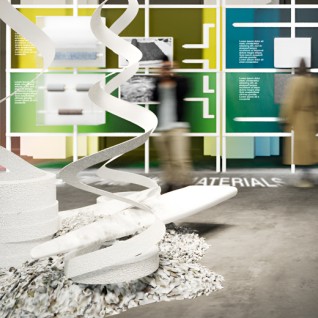
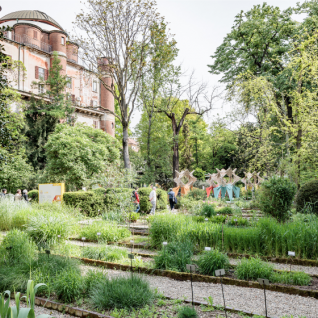
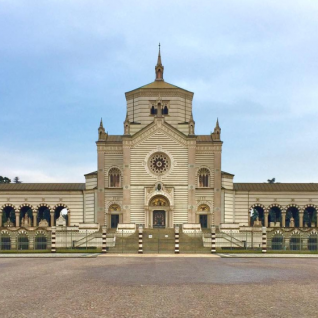
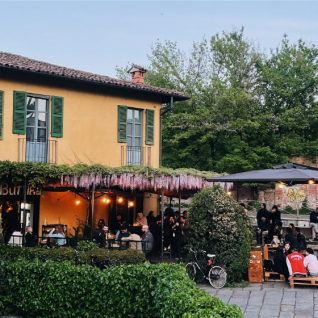
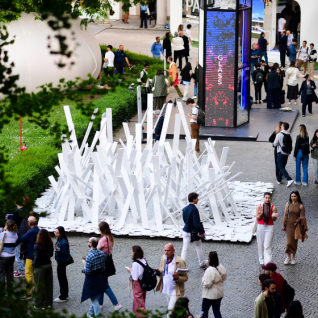
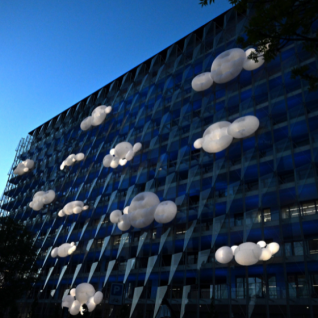
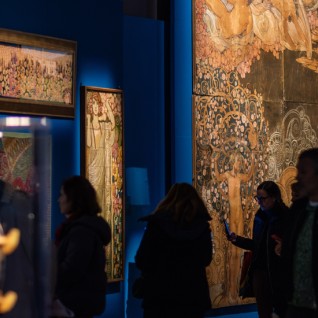

![Felice Casorati, Raja, [1924-1925], Collezione privata. ph. Matteo De Fina, Venezia Felice Casorati, Raja, [1924-1925], Collezione privata. ph. Matteo De Fina, Venezia](/sites/default/files/styles/card_square/public/event_top_event/copertina/6773/33902/casorati.866x560px.jpg?itok=rBNkEX4-)
